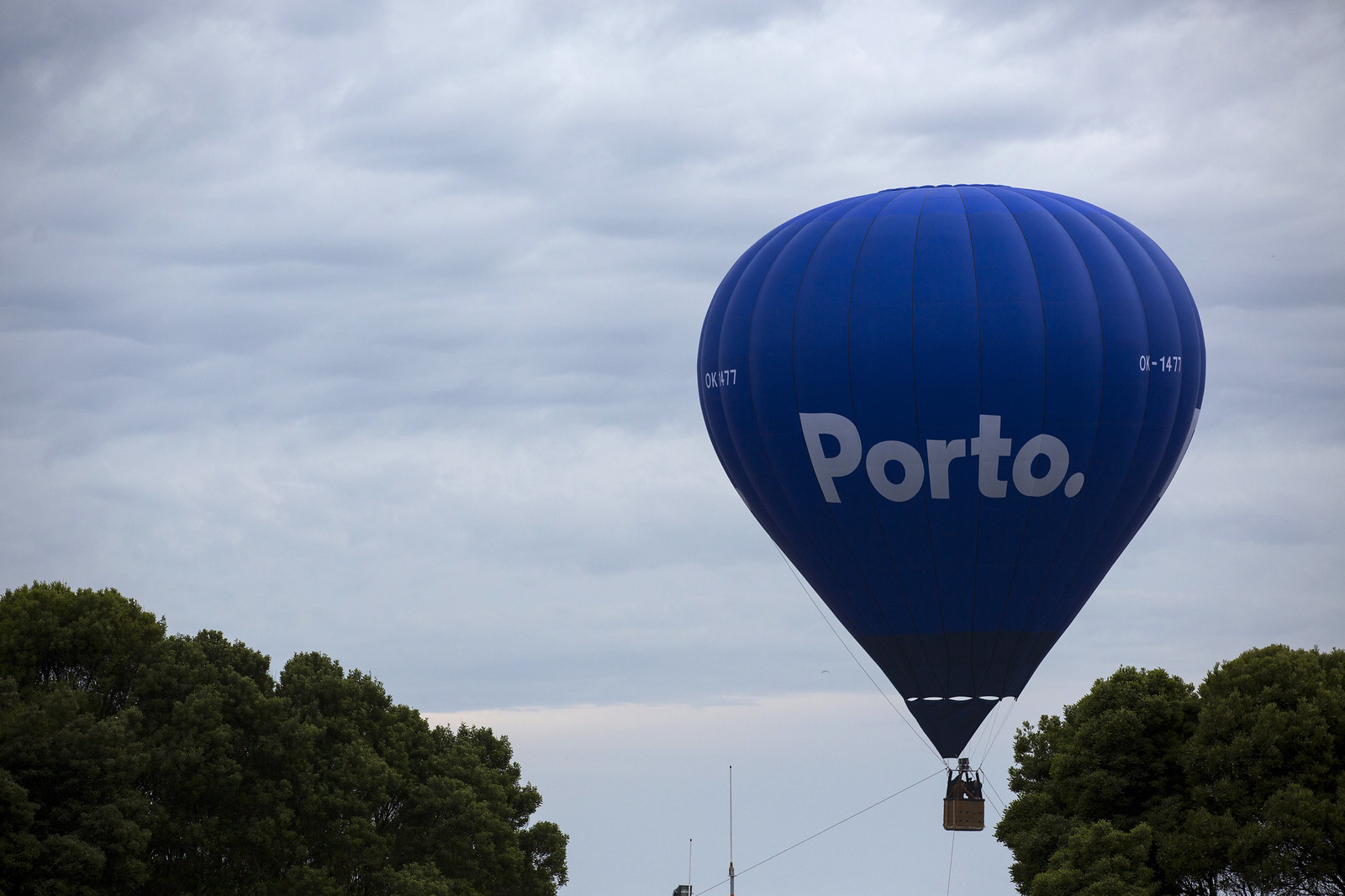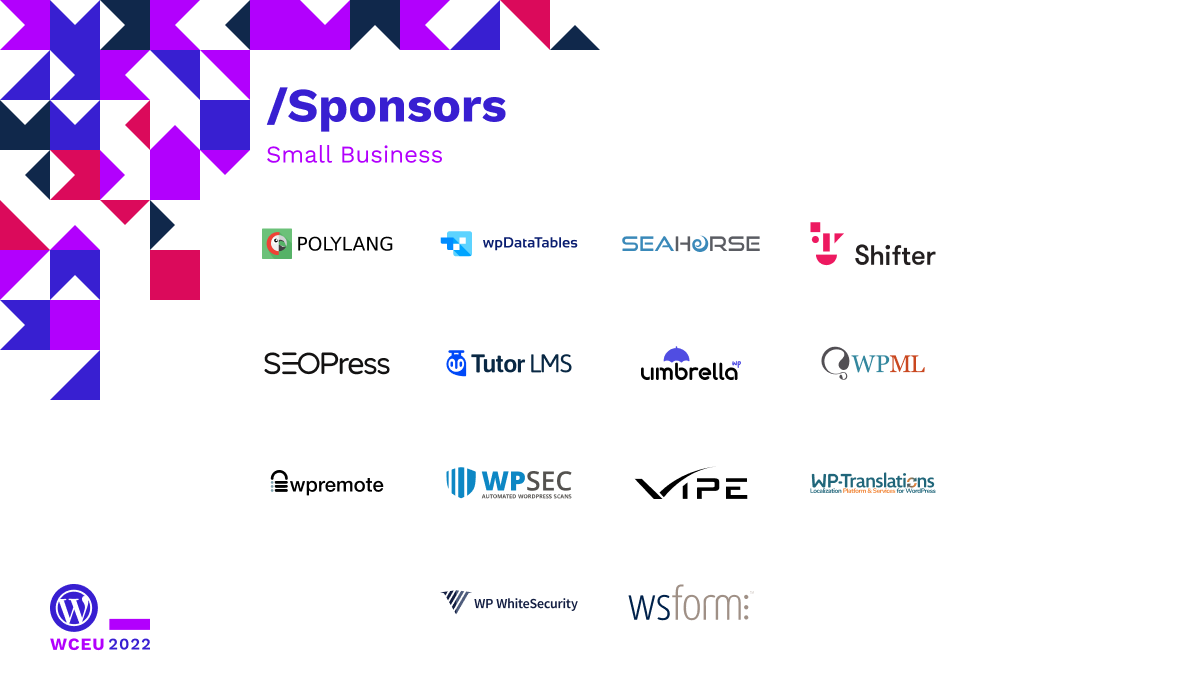WordCamp Europe is fast approaching and soon it will be time to dust off the suitcase and head to Porto. Whether you’re flying, taking a train, or driving, we have all the information you’ll need to plan your trip.
Getting to Porto by plane
The award-winning Francisco Sá Carneiro Airport (OPO) is the second largest international airport in Portugal and is located only 11km from downtown Porto. In 2017, it was named the 2nd Best European Airport in its category, for the 9th time in 10 years.
All major airlines operating in Europe fly directly to Porto, including:
- Aegean
- Air Berlin
- Air Canada
- Air France
- Air Transat
- Arkia
- Azul
- British Airways
- Brussels Airlines
- Czech Airlines
- EasyJet
- El Al
- Emirates
- Eurowings
- Finnair
- Iberia
- Iberia
- KLM
- Lufthansa
- Luxair
- Royal Air Maroc
- Ryanair
- Swiss
- TAP Airlines
- Transavia
- Turkish Airlines
- United Airlines
- Volotea
- Vueling
- Wizz Air
Official carrier: TAP Airlines
TAP Airlines is partnering with WordCamp Europe as the event’s official carrier. TAP is the largest airline in Portugal and offers direct flights to Porto from all major cities in Europe, Brazil, the United States, Canada, and several countries in Africa and South America.
Attendees will be able to enjoy discounts on TAP flights to Porto or Lisbon of up to 10% when buying from the official TAP website.
Getting to Porto by train or coach
Travelling from Lisbon
By train
Comboios de Portugal (CP) runs trains between Lisbon (Santa Apolónia and Oriente stations) and Porto (São Bento and Campanhã stations) every hour. Schedules, itineraries and reservations can be found at the CP website.
CP offers several types of discounts for train tickets, including significant reductions for trips purchased in advance. Please visit the CP website for more details.
By coach
Hourly coaches between Lisbon and Porto are operated by Rede Expressos. Schedules and ticket information can be found on the Rede Expressos website.
Travelling from Galicia (Spain)
By train
Renfe connects Porto and Vigo with two daily departures from both cities. Schedules and ticket information can be found on Renfe’s website.
By coach
There are companies that connect Porto to Vigo and other cities in Galicia (A Coruña, Pontevedra, Santiago de Compostela) by coach. Schedules and ticket information can be found on the companies’ websites:
Long distance travel
By train
Due to the pandemic, the circulation of the international trains Sud Expresso and Lusitânia Comboio Hotel is suspended until further notice.
By coach
Companies like flixbus.com and rede-expressos.pt have regular services running from Porto to many major European cities.
Passports and Visas
Portugal is part of the Schengen Area and, therefore, is bound to the EU regulations of free movement.
To enter Portugal you may need a passport and/or visa, depending on the country you live in. Citizens of the European Union do not need a visa to enter Portugal.
Passports must be valid for up to six months (depending on your nationality) and are required for all visitors to Portugal, except for European Union nationals and nationals of Iceland, Liechtenstein, Malta, Norway and Switzerland holding valid national ID cards. British, Australian, Canadian, American and Japanese citizens must hold a valid passport.
Although it is not obligatory to have a return ticket, it is advisable you do so because, without one, you may have to prove you have sufficient financial means to complete your return journey.
Visas are required for all stays of up to 90 days, except for Schengen Area nationals and for other selected countries. To check if you need a visa for your stay and more information on Portugal’s visa requirements, please visit the Government of Portugal – Foreign Affairs website.
Attendees who need to apply for a visa will be able to request Invitation Letters from WCEU.









